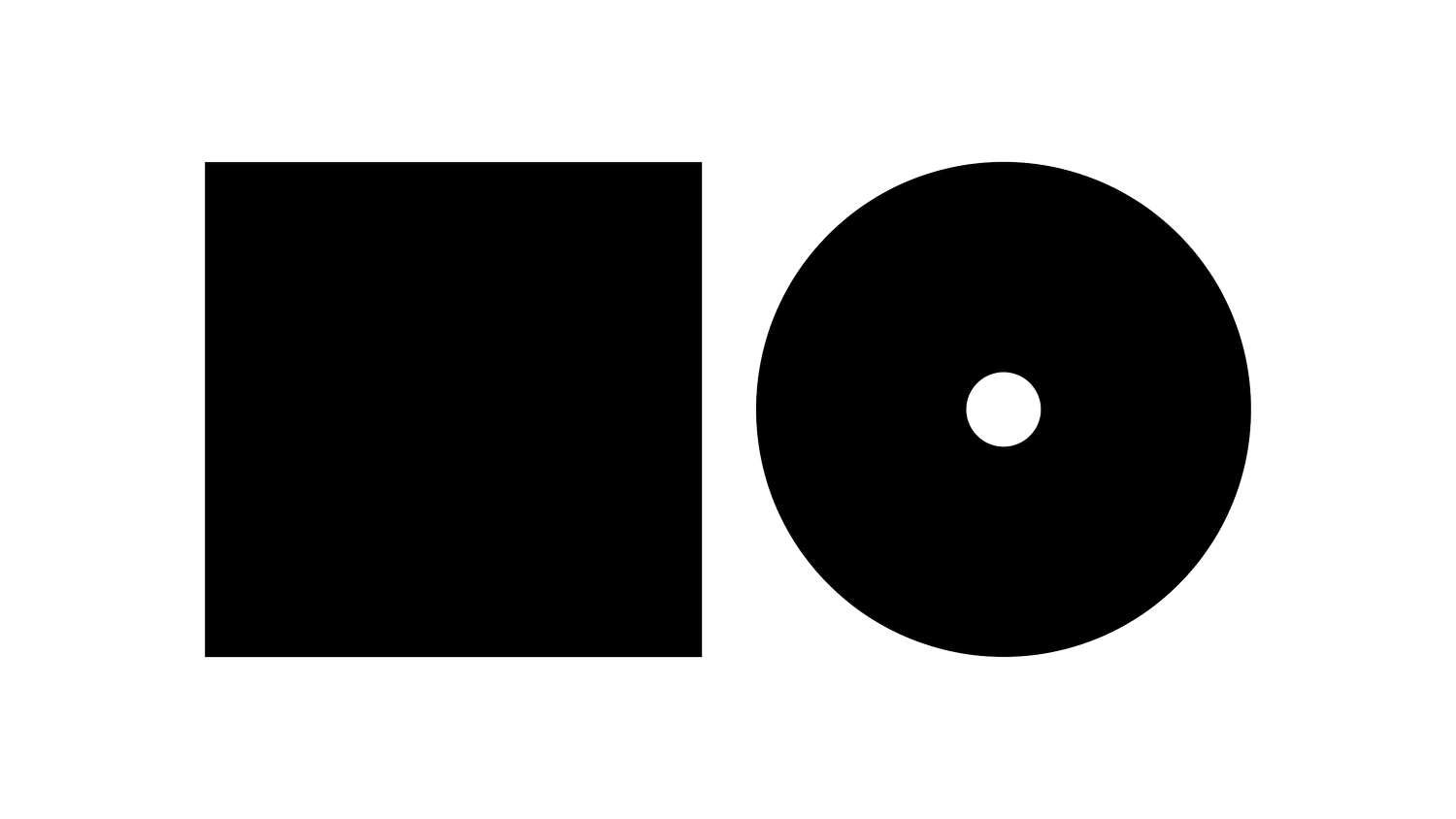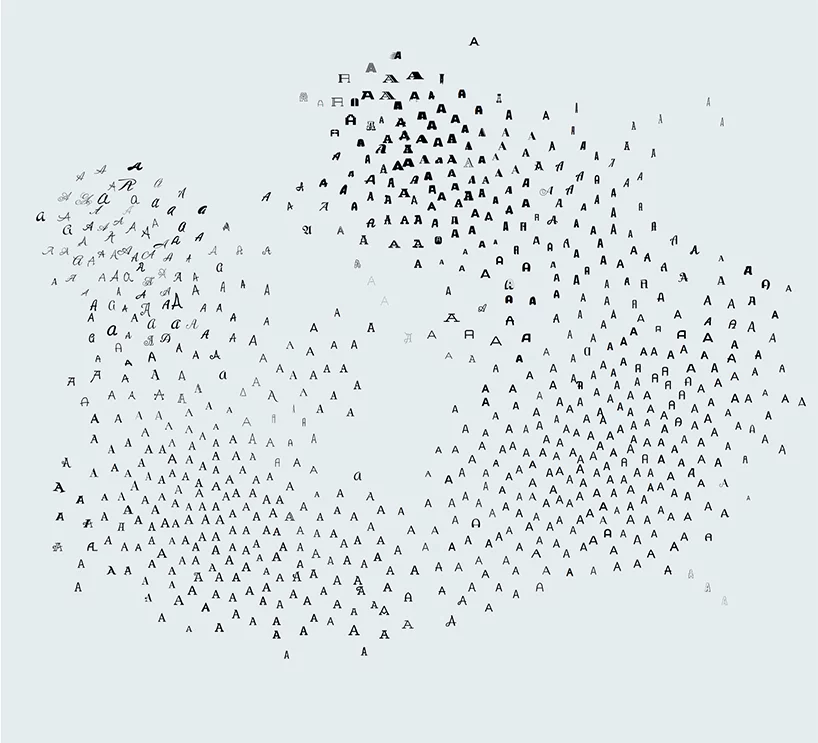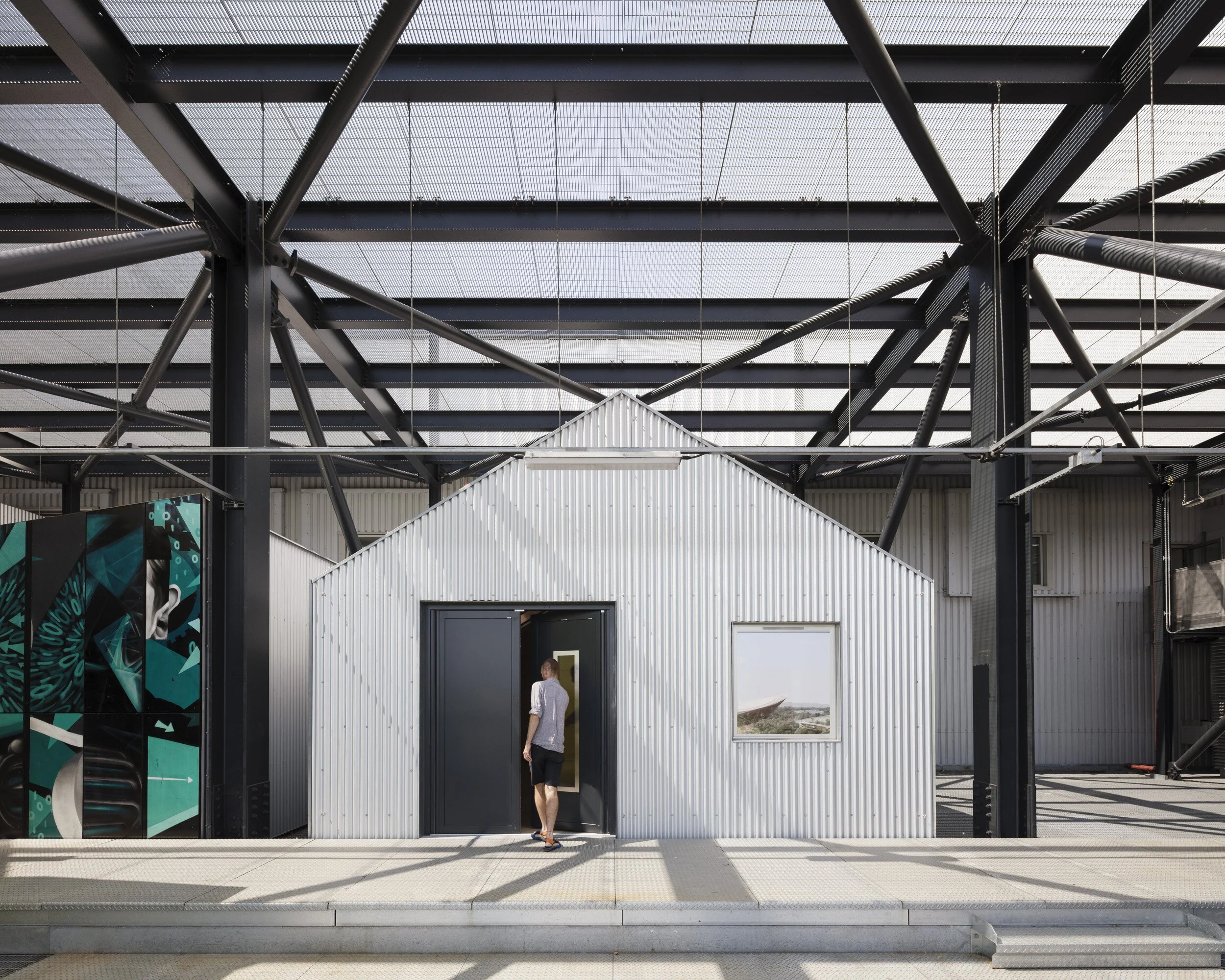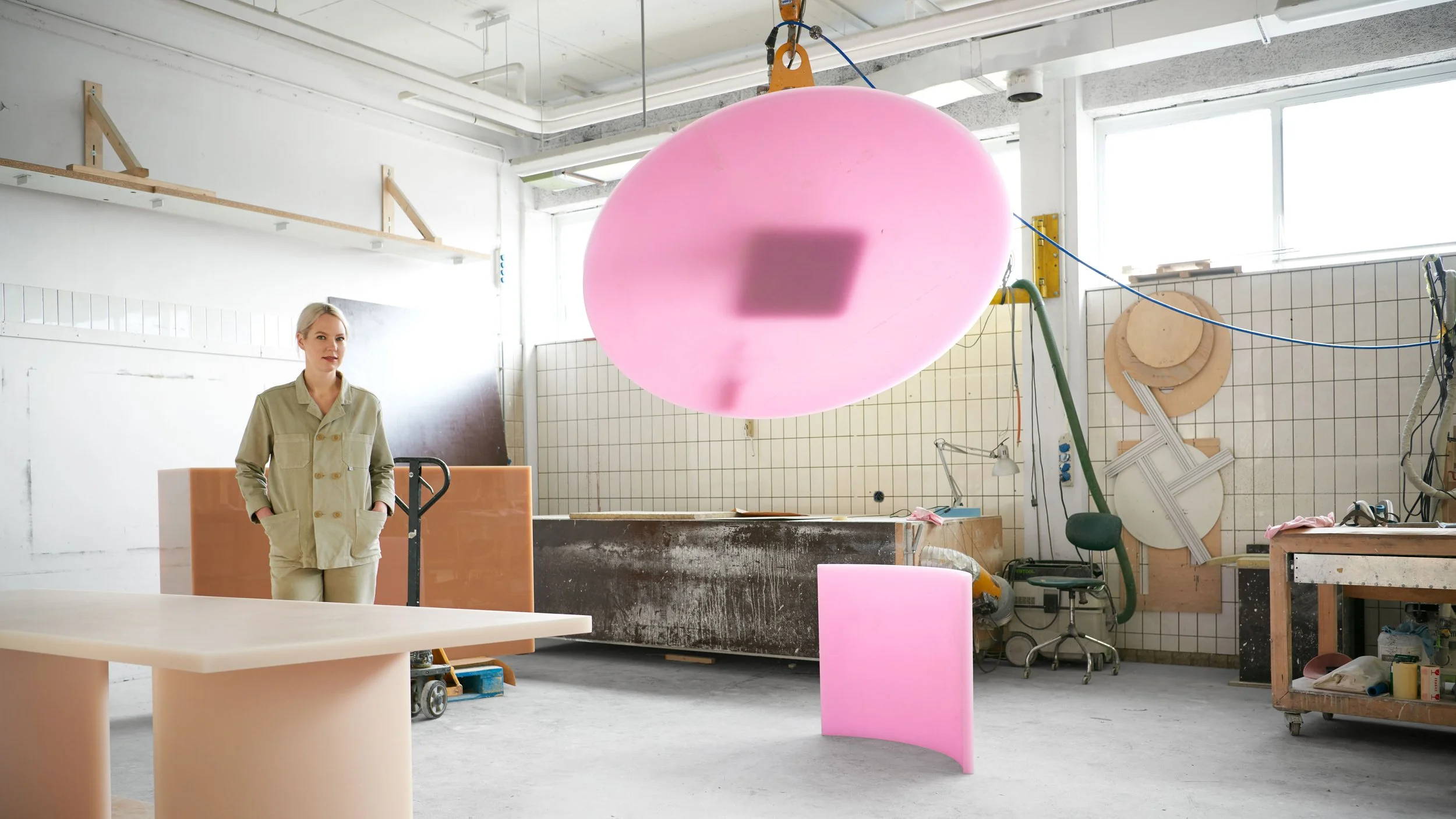P R O L E A R N
Design Thinking is a human-centred approach to innovation that draws from the designer's toolkit to integrate the needs of people, the possibilities of technology, and the requirements for business success.
Key Characteristics
User-Centric: Places end-users at the heart of the problem-solving process.
Iterative Process: Encourages continuous refinement through multiple stages of development.
Collaborative: Involves diverse stakeholders in the ideation and problem-solving process.
Benefits
Enhanced Innovation: Design thinking can lead to more creative and effective solutions.
Improved User Satisfaction: Solutions developed through this process are more likely to meet actual user needs.
Risk Reduction: Early prototyping and testing minimise the chances of costly mistakes.
Challenges and Considerations
Time and Cost: Design thinking can be a time-consuming and expensive process, especially if it involves extensive user research and prototyping.
Resistance to Change: Some stakeholders may resist adopting new approaches to problem-solving.
Balancing Creativity and Practicality: Ensuring innovative ideas are also feasible and implementable.
Innovative Applications
Service Design: Improving customer experiences in various industries.
Product Development: Creating user-friendly and innovative products.
Organisational Change: Addressing complex business challenges and fostering a culture of innovation.
Future Outlook
As technology advances, we can expect to see more integration of AI and data analytics in the design thinking process. This could potentially automate certain stages and provide deeper insights into user behaviour and preferences.
Call to Action:
Evaluate your current problem-solving approaches and consider implementing design thinking methodologies. Start with a small project to test the process and gradually refine it to suit your specific industry and organisational needs.










